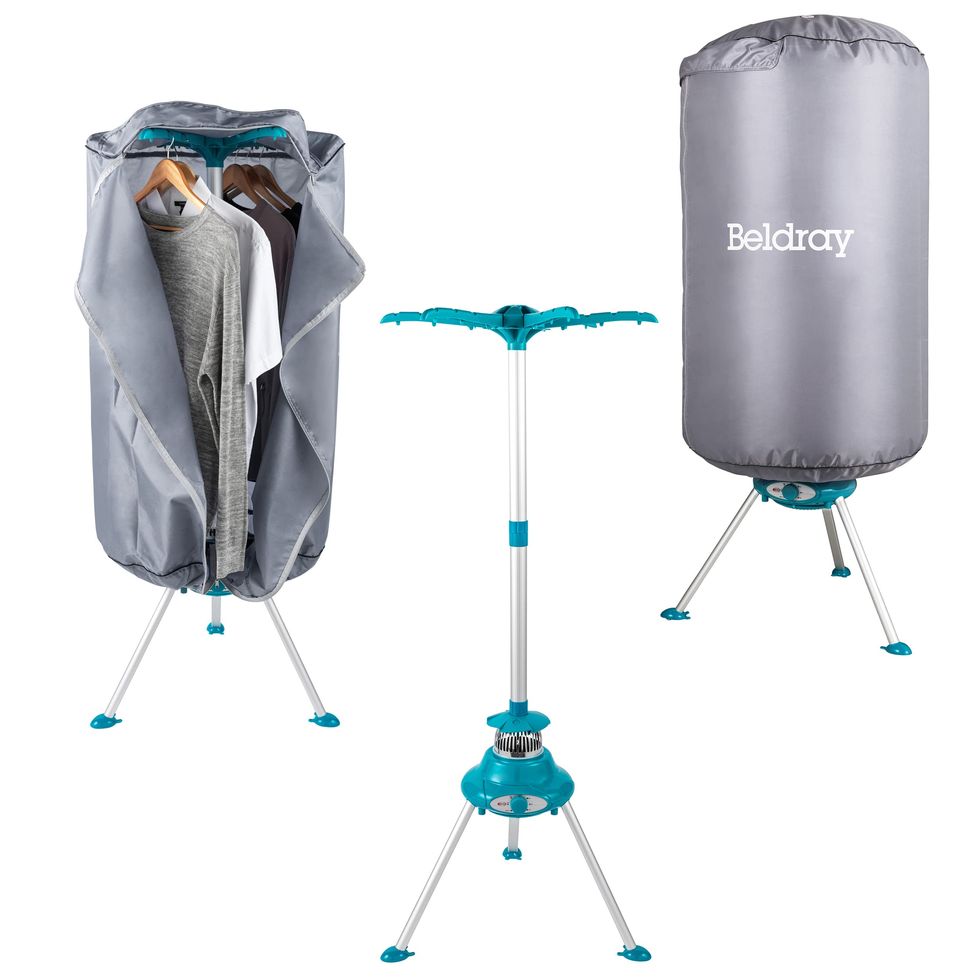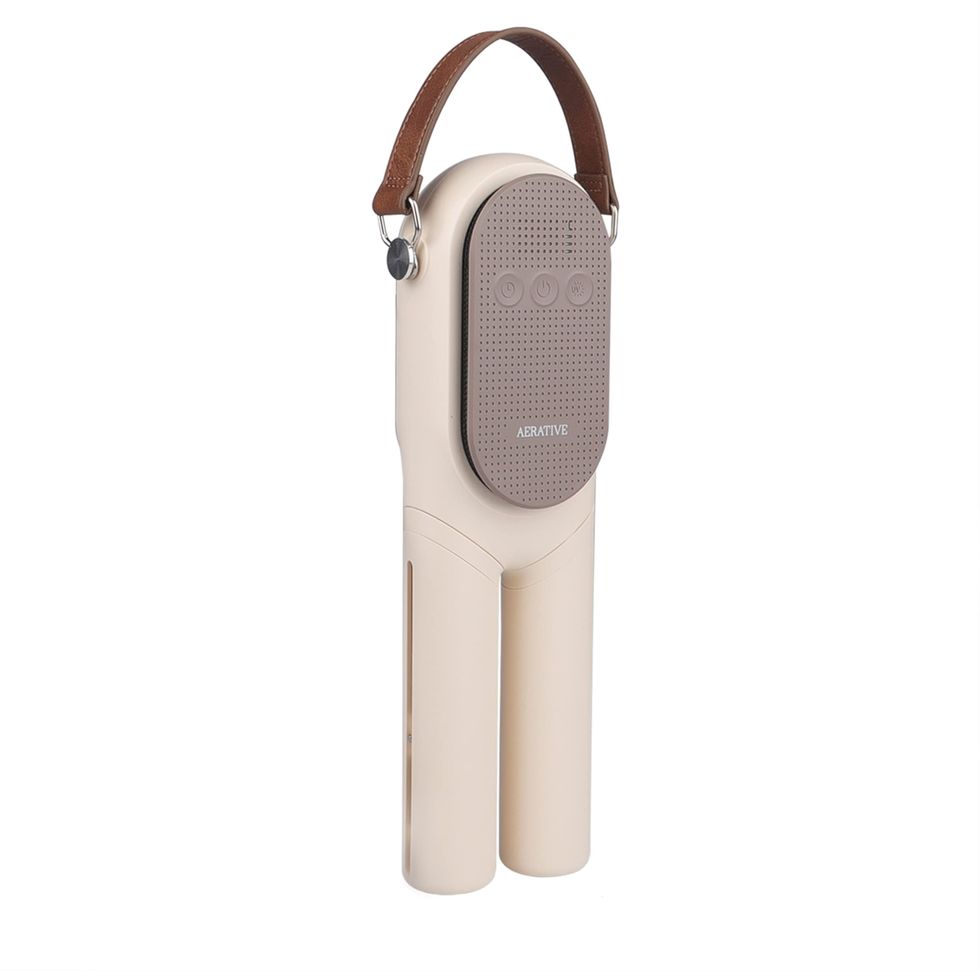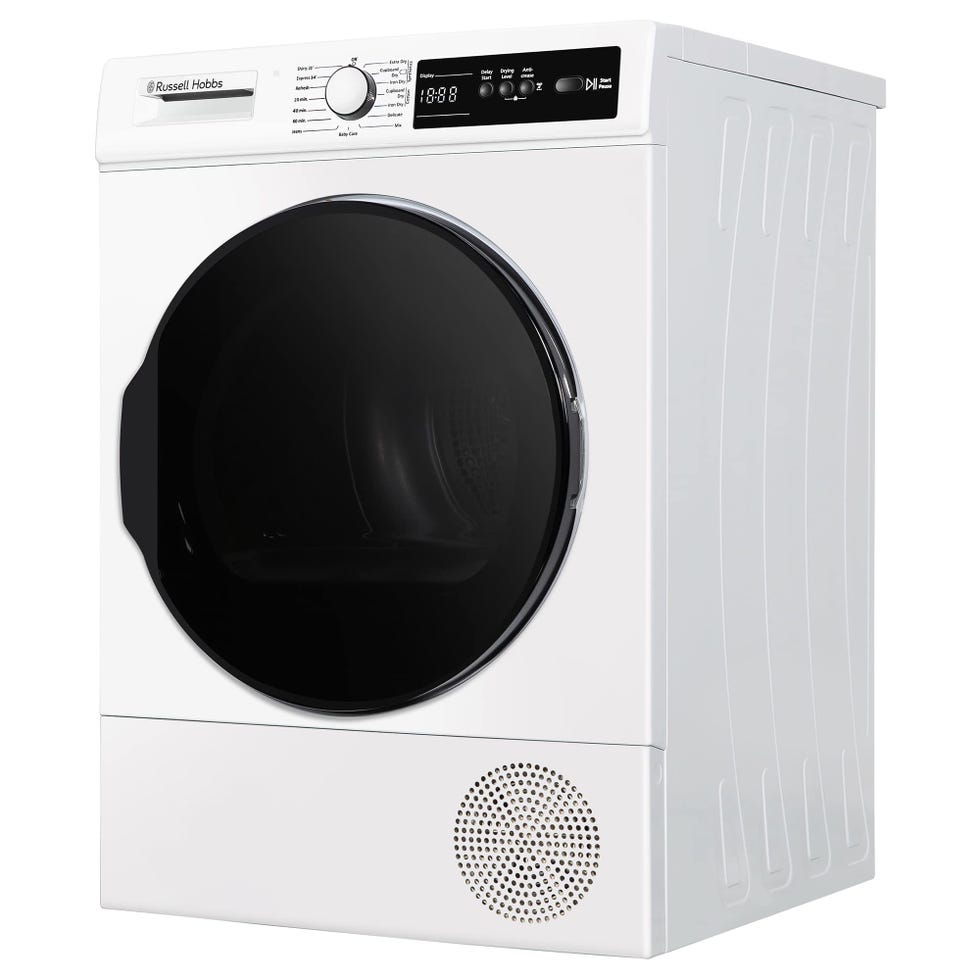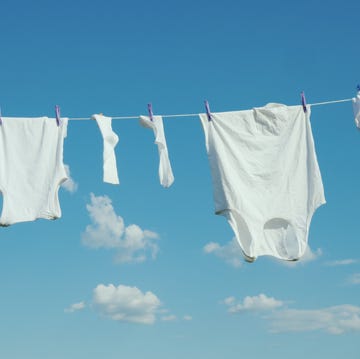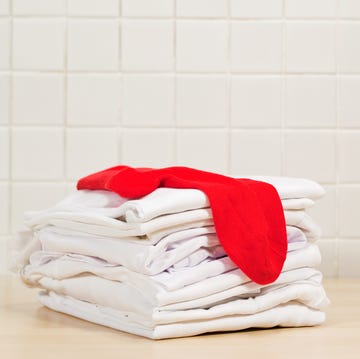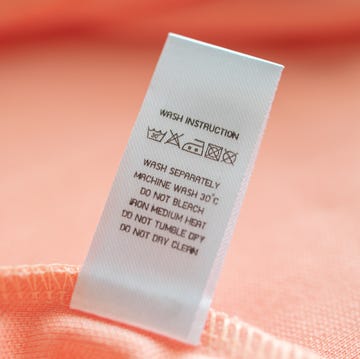The current weather has been anything but consistent. Showers and heavy downpours not only take their toll on your daily walks, but they also create problems around the home too; namely, slow-drying, musty laundry.
When we hang our clothes to dry indoors, the lack of sunshine and ventilation slows down the drying process, giving bacteria a chance to form. The result is laundry that can hang around for days before fully drying, which can lead to a musty smell.
Thankfully, with the right method and some smart buys (as recommended by our experts at the Good Housekeeping Institute), you can speed up the indoor drying process, and improve the smell of your clothes at the same time. Here are six tips to get you started.
What to read next
Reduce the load
If you're working through a pile of dirty washing, it can be tempting to try to fit as much laundry into the drum as you can.
But squeezing too many clothes into the machine can leave clothes damper and more creased at the end of the cycle — which will mean a longer drying time and more ironing.
Try a heated clothes airer
If you need to dry clothes indoors, it's a good idea to invest in a decent clothes airer. To speed up the process, you may want to upgrade to the best heated clothes airer, especially if your house is particularly cold. They're speedier than just air drying and more cost effective than putting the heating on.
The Good Housekeeping Institute put a range of market-leading models to the test, seeing how quickly they dried loads of laundry, while monitoring their electricity usage too. These are some of our top-rated buys.
Shop more of the best heated clothes airers
GHI Tip: Remember that damp clothes should not be dried on storage heaters or convector heaters as this can be a fire hazard.
Spread it out
It may sound obvious, but the more you can spread your clothes out on airer (or the washing line on a dry day) the more it will reduce drying time and the risk of damp smells. Hanging each piece out properly will also help stop your laundry from ending up creased.
GHI Tip: Look out for gadgets to help you spread the load and dry it quicker like this useful peg dryer that sits on your heated clothes airer and helps separate socks or underwear.
Be sure to check for rogue items that have made their way inside other items — like pillowcases inside duvet covers! Buttoning up your duvet cover before washing it can prevent items from being enveloped inside it.
Dehumidify your home
If you dry clothes indoors, all that extra moisture can lead to damp in your home, unless you keep the windows open for increased ventilation. But, that’s not always an option, especially where you’re dealing with allergies, so it’s worth looking at the best dehumidifiers to help with the job.
Our experts' favourite is the Sharp 20L Dehumidifier, which collected an impressive 940ml of water in two hours. For drying laundry quickly, we also recommend the EcoAir DD3 10L Dehumidifier, which has a dedicated laundry mode.
Shop more of the best dehumidifiers
Save on creases
You may think that setting the washing machine to as high a spin speed as possible is the way to cut drying time.
This is true if you’re putting the load straight into the tumble dryer, as you need to remove as much water as possible to reduce drying time. But if you’re leaving clothes to air dry, you should reduce the spin speed slightly to stop the laundry load from getting over-creased; otherwise, what you save in drying time, you’ll add in ironing time. Remember to remove and shake it all out as soon as the cycle has finished. This helps to open and fluff up the fibres, softening the laundry.
When you do use your tumble dryer...
...be careful not to overload it. It won’t be effective and can put pressure on the motor. Also, make sure that it is in a warm, dry room as tumble dryers suck in the surrounding air, so if it is in a cold garage it will have to work harder than if it was indoors. You'll find the Good Housekeeping Institute's best tumble dryers below.
Stick to using the sensory setting if your tumble dryer has one (most modern machines do). This adjusts the time of the cycle based on the moisture remaining in the load. This means it won’t over-dry, which wastes energy and time, and can damage the items. If items still feel a little damp after the programme has finished, hang them to air dry for the final stages before storing.
Shop more of the best tumble dryers
Blossom is passionate about finding the best home products and appliances for GH readers. As head of the homes testing team, she has led reviews across multiple categories, from pizza ovens, and smart plugs to portable fans and hobs. She enjoys delving into the intricacies of products and refining testing protocols to ensure we’re testing them against their claims. Her aim is to find the top-performing products on the market, to help take the hard work out of housework. Blossom’s most notable accomplishment in the lab has been toasting 528 slices of bread in her quest to find the best toasters money can buy. In her free time, she openly admits to being a music geek and indulges her creative side through crocheting, baking, singing and writing.



